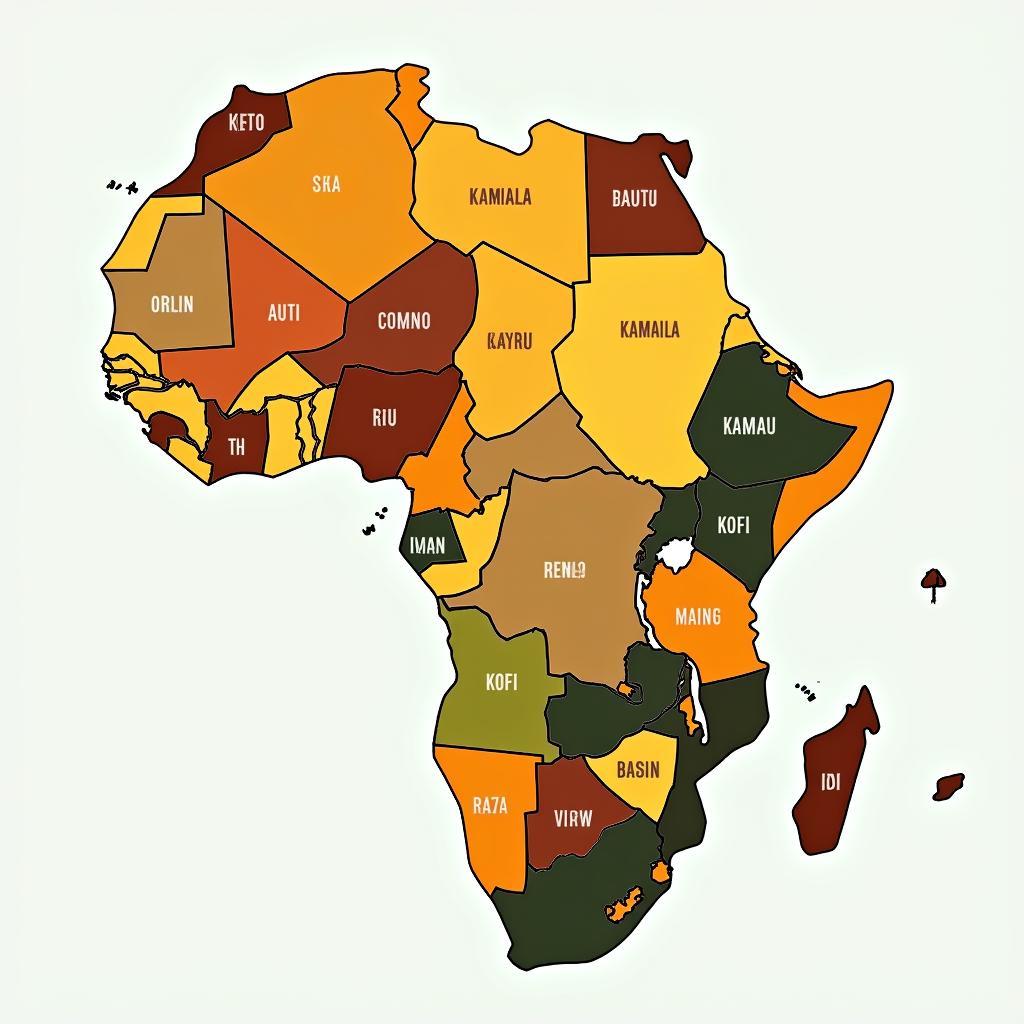African American Population by USA State: A Deep Dive
The distribution of the African American Population By Usa State is far from uniform. Historical and socioeconomic factors have led to concentrated settlements, shaping the cultural landscape and experiences of Black Americans across the nation. This article delves into the demographic patterns, historical context, and cultural significance behind this uneven distribution.
 African American family celebrating Juneteenth
African American family celebrating Juneteenth
Factors Shaping Distribution
The current distribution of African Americans is largely attributed to the Great Migration, spanning from the early 20th century to the 1970s. This mass movement saw millions of Black Americans leave the rural South, seeking better opportunities and escaping racial oppression. Industrial cities in the North and West became major destinations, leading to significant population increases in states like Illinois, Michigan, New York, and California.
Economic Opportunities and Urbanization
The lure of factory jobs and economic advancement drew many African Americans northward. This shift from agricultural labor to industrial work coincided with the era of urbanization, leading to the rise of thriving Black communities in urban centers. However, this concentration also brought new challenges, including housing discrimination and segregated neighborhoods.
Social and Political Climate
While the North offered relative freedom from Jim Crow laws, systemic racism persisted in various forms. Access to quality education, housing, and employment remained unequal, contributing to socioeconomic disparities that continue to affect Black communities today. Nevertheless, the migration fostered the growth of Black cultural institutions, political activism, and a burgeoning arts and entertainment scene.
 Vibrant mural in an African American neighborhood
Vibrant mural in an African American neighborhood
Present-Day Demographics
Today, the Southern states, particularly those along the southeastern coast, still hold the largest numbers of African Americans. States like Texas, Georgia, and Florida have witnessed substantial growth in their Black populations in recent decades. This trend reflects a combination of factors, including a return migration of Black Americans to their Southern roots and ongoing economic disparities in other regions.
Cultural Impact and Significance
The concentrated settlement of African Americans has had a profound impact on American culture as a whole. From music and literature to cuisine and fashion, Black cultural expressions have left an undeniable mark on the national landscape. Cities like New Orleans, Atlanta, and Chicago are renowned for their vibrant Black cultural scenes, attracting visitors and shaping the cultural identity of these urban centers.
The Legacy of Segregation and the Fight for Equity
While segregationist policies have been dismantled, their legacy continues to shape the socioeconomic realities of many Black communities. The fight for social justice, economic equity, and equal opportunities remains a pressing concern. Understanding the historical and ongoing challenges faced by African Americans is crucial for dismantling systemic barriers and fostering a more just and equitable society.
Conclusion
Examining the African American population by USA state reveals a complex tapestry woven from historical events, socioeconomic factors, and the enduring legacy of slavery and segregation. Understanding these patterns is essential for appreciating the rich cultural contributions of Black Americans, acknowledging the ongoing struggles for equity, and working towards a future where opportunities are accessible to all, regardless of race or ethnicity.




